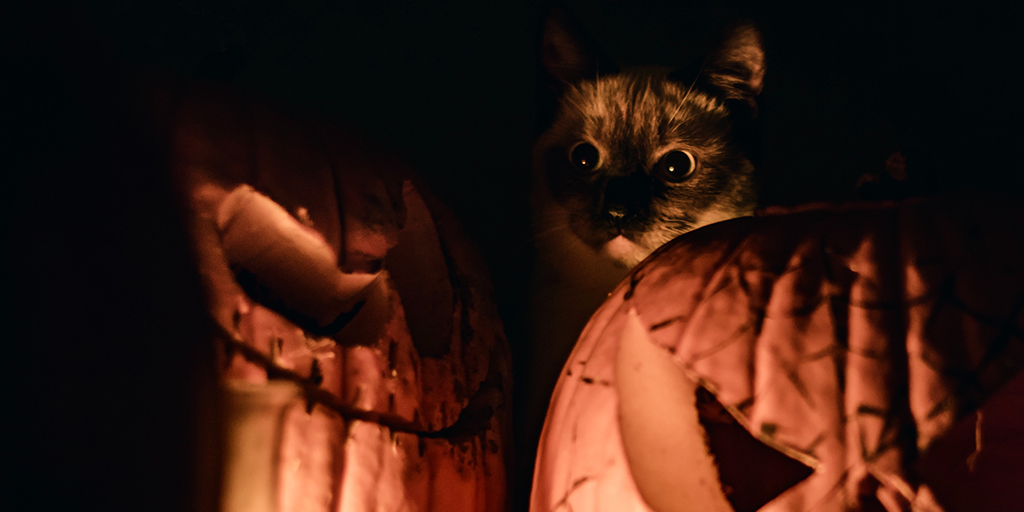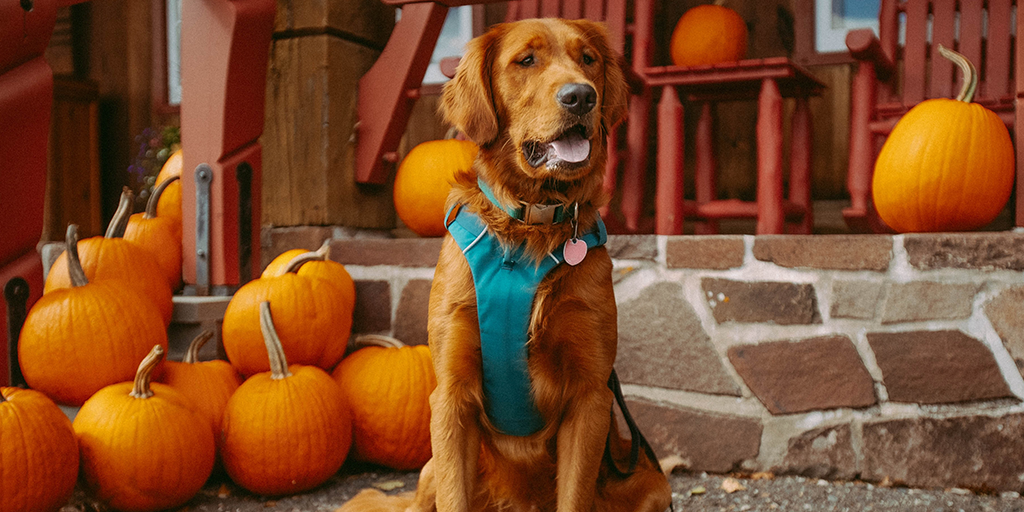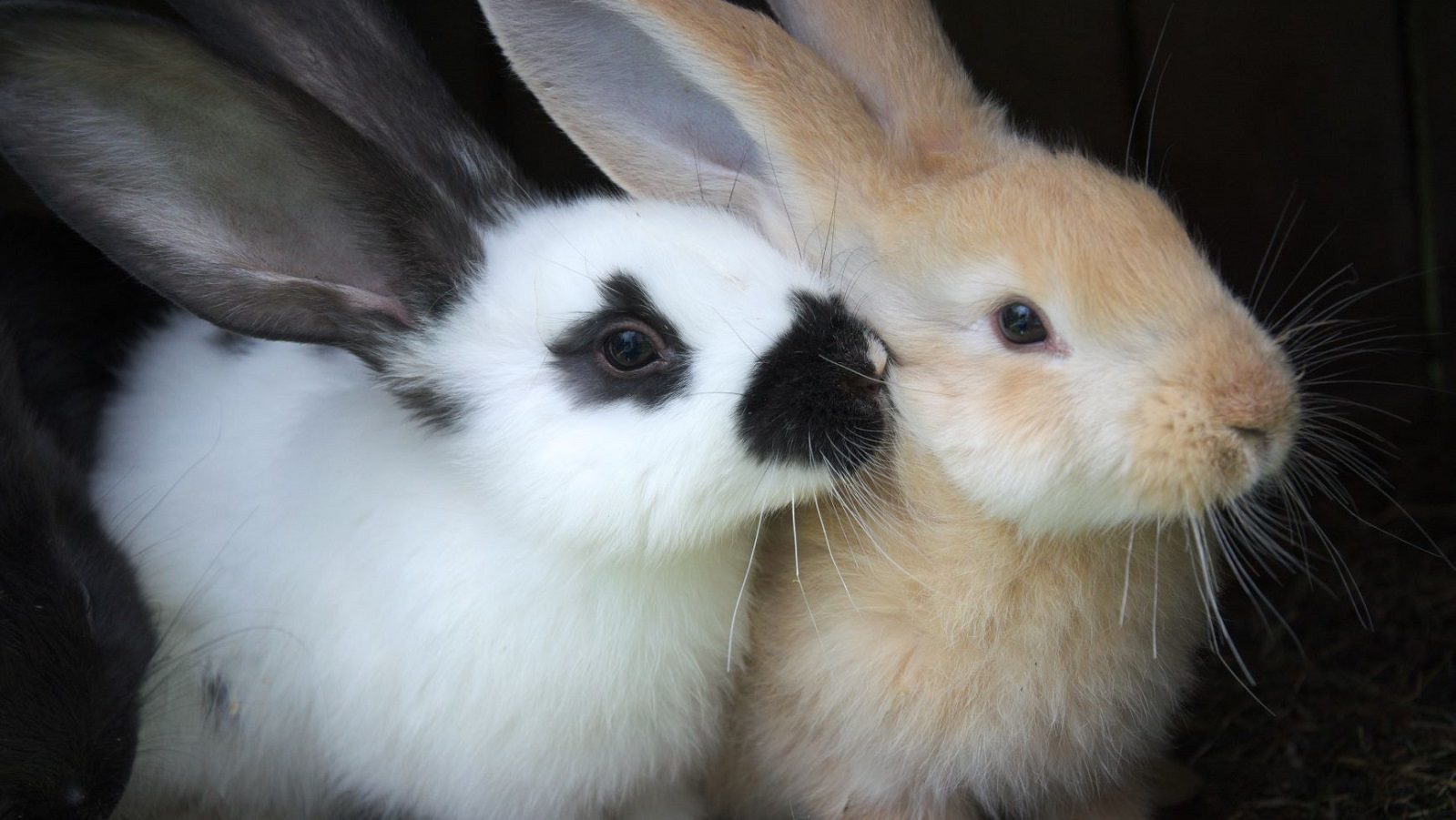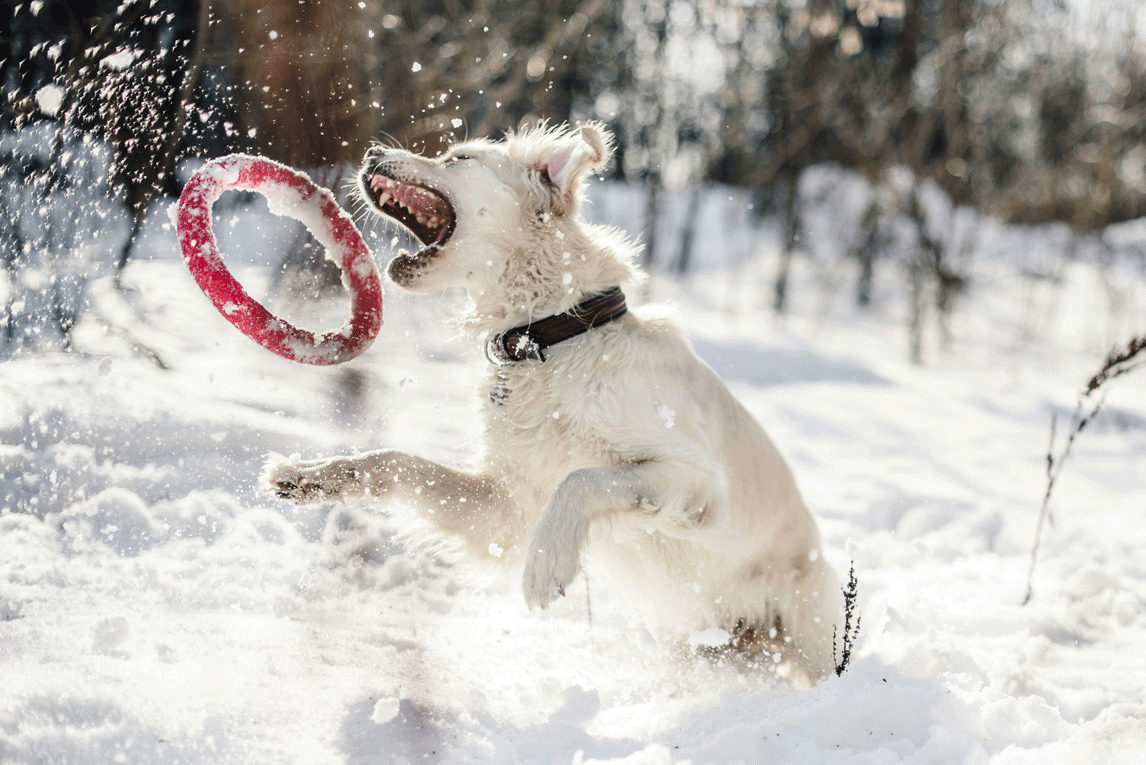Celebrations for Halloween are approaching and as everyone knows it’s a tradition to dress up as a scary character or sometimes just your favourite superhero. Like for people, Halloween costumes also exist for pets. This is an indication of how pets are considered as another family member who can join in with any festivities. But is it really fun or safe for pet parents to put Halloween costumes on their pets?
While there is no straightforward answer to this question, we point out here some signs to watch out for if you decide to involve pets in this tradition.

What to watch out for
- Your pet’s body language can be hidden by their costumes: Pet costumes can make it hard for pet owners to understand how their furry friends are feeling. Therefore, you could fail to understand whether your pet is scared, anxious or nervous. This, in turn, could potentially lead to risky situations with other people, and especially children, so look out for changes in behaviour. Dressing up your pet can also impair his or her ability to communicate with other pets. This is especially true for dogs since their Halloween costumes may hinder their normal range of social signs, thus preventing other dogs from accurately recognising their intentions. Keep an eye out for different than normal interactions with others.
- Your pet may find the tradition stressful: Wearing unfamiliar and uncomfortable costumes could cause your pet extra stress when it’s not needed. Therefore, it is extremely important to learn how to spot when your companion animal is feeling stressed out. Some of the tell-tale signs include a lowered tail, licking their lips, unusually quiet behaviour, inability or fear to walk because of the costume, and whale eye (i.e. when you can see the whites of your pet’s eyes).
- Pet costumes may harm your pet’s health: There are many ways in which pet costumes may potentially harm your furry friend. Firstly, some costumes could cause allergies leading to excessive itching and irritation. Therefore, you should be alert when your pet starts scratching because it could mean that the costume is causing him or her an allergic reaction. Secondly, dressing up your pet could induce overheating or hyperthermia if they don’t usually wear a coat in colder months. It is advisable to carefully observe whether your furry friend is panting or drinking too much water to understand if it is better to undress him or her. Thirdly, when pet costumes come with headpieces, they could also hinder their ability to see or hear. Lastly, Halloween pet costumes most likely contain ornaments that could be a choking hazard for your pet. Be extra watchful of such costumes as small parts that detach can cause internal injuries or blockages if swallowed.
- Animal costumes are often ill-fitting: Like for people, Halloween pet costumes usually fit only a limited range of sizes. It is very likely that the outfit your purchase is either too big or too small for your furry friend. Dressing up your pet with a smaller costume can restrict your pet’s movements as well as cause him or her to potentially overheat. Similarly, if the costume is too large for your pet it could hinder his/her ability to move without tripping or slipping.
Make sure you know your pet well and understand their needs before you make any decision on which festivities your pet can be involved in this Halloween!
Our advice on pet clothing
Although it may seem fun, and we agree that pets are part of the family, any kind of clothing for pets is usually only advisable for practical purposes rather than festive traditions.
For example:
- For keeping your pet warm and safe during winter: A pet overcoat can be useful for dogs that have no or short hair to be keep them warm while walking in the colder months. Pet booties can also help protect your dog’s paws while walking in winter, not just from the cold, but also when walking through streets with salted icy sidewalks.
- For keeping your pet clean: A pet overcoat can also be useful when you are out for walks in the woods, or other muddy or sandy areas. Light comfortable clothing can help ensure your pet’s fur doesn’t get dirty or avoid unwanted nature attaching to it.
For after surgery: Your veterinarian may recommend that your pet temporarily needs to wear a surgical vest after surgery to avoid him or her licking their stitches.




